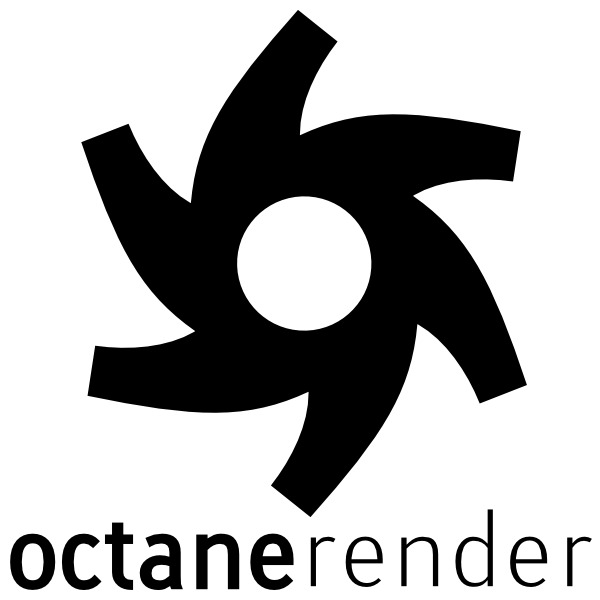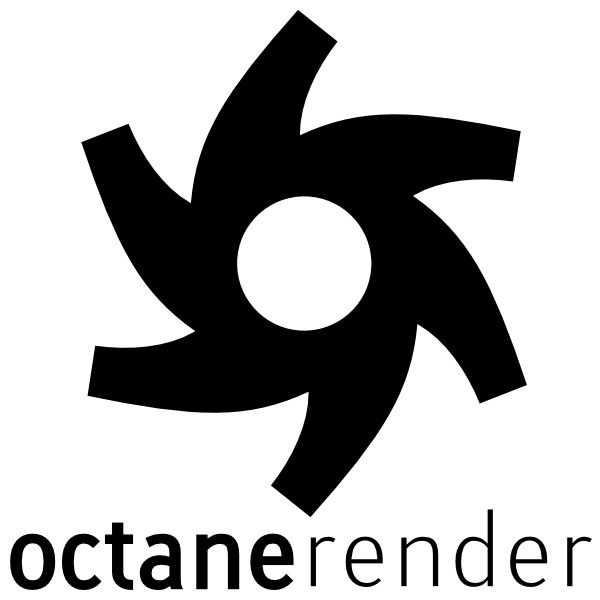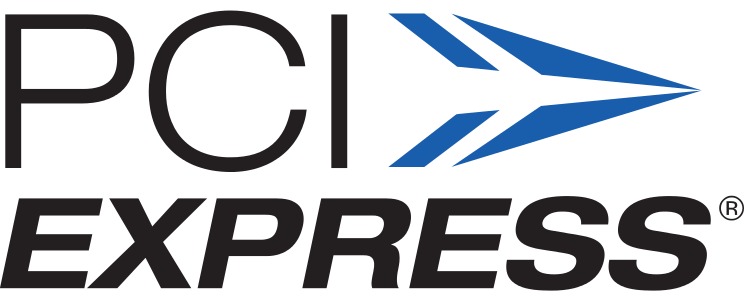Redshift is a GPU-based rendering engine, which recently updated from version 2.5.72 to 2.6.11. That update added compatibility with NVIDIA’s Volta GPU architecture, and cards like the Titan V, but did it also improve render speeds?


Redshift is a GPU-based rendering engine, which recently updated from version 2.5.72 to 2.6.11. That update added compatibility with NVIDIA’s Volta GPU architecture, and cards like the Titan V, but did it also improve render speeds?

Redshift is a GPU-based rendering engine, and the latest version 2.6.11 introduced compatibility with NVIDIA’s Volta graphics architecture and cards like the Titan V. Lets take a look at how different GeForce and Titan models perform.

Redshift is a GPU-based rendering engine, but how well does its performance scale when multiple video cards are used in a system?

Now that OctaneRender has been updated to support the Volta GPU architecture, how well does its performance scale when using multiple Titan Vs? And how does that compare to other popular rendering cards like the GeForce GTX 1080 Ti?

As of version 3.08, the Volta GPU architecture is now supported in OctaneRender. How does it stack up compared to other Titan and GeForce series graphics cards – in terms of both performance and value?

PhotoScan makes use of both the CPU and GPUs (video cards) in a computer, during different steps of the photogrammetry workflow. One of the configuration options within this program also allows the CPU to be utilized during steps that are primarily performed on the GPU – and it is enabled by default. However, we have found in our testing that this option usually hampers performance more than it helps!

Blackmagic’s DaVinci Resolve is known for how well it utilizes multiple GPUs to improve performance, but is this still true with cards like the new NVIDIA Titan V? And do you really need a Xeon or Dual Xeon setup to get the best performance possible?

DaVinci Resolve has long been known to greatly benefit from multiple GPUs, but is this still true or has the recent launch of Resolve 14 changed things?

We’ve previously tested the new Hybrid Mode in V-Ray RT 3.6, which combines CPUs and GPUs in order to speed up rendering, on Intel’s Skylake X processors. This time around we are going to test on AMD’s Threadripper 1950X, and use even more powerful GPUs than before. We also take a look at GeForce GTX 1080 Ti vs Titan Xp performance.

Benchmark results demonstrating that PCI-Express x8 vs x16 speeds don’t impact GPU rendering performance.